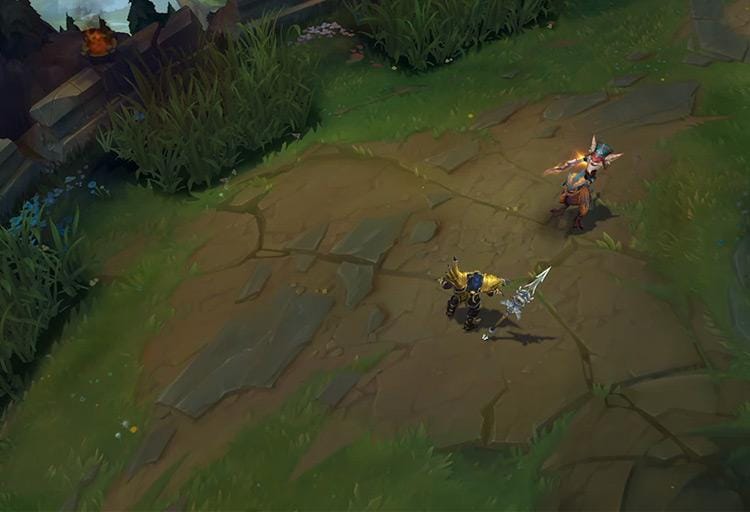

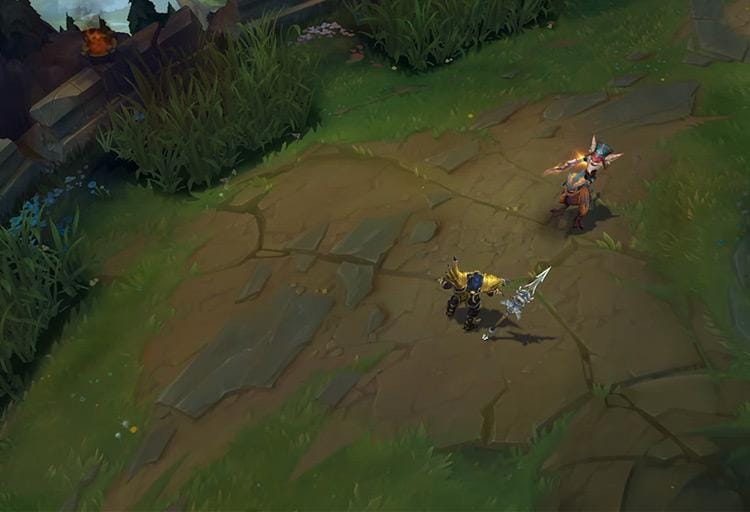
In League of Legends, the Top Lane role stands out to many. It's where champions go head-to-head, testing their skills and strategies.
Like any role in League of Legends, many try to dominate; however, only a few truly succeed at the highest level. Luckily, this is where coaching comes in! Giving players the feedback they need to shine.
This guide will provide exclusive insights into everything you need to know about Top Lane and how Top Lane coaching can help you improve in an easy and fun way.

First things first, let's understand the basics of the role.
Top Lane, often called an "island," is a one-on-one lane in the same way mid-lane is. The champion choice, be it a tank like Ornn or a bruiser like Darius, dictates the lane's dynamics.
However, it's not just about individual combat. Top laners can play a strategic role by:
Objective Control: Securing the Rift Herald provides pushing potential, benefiting the entire team.
Teleport Plays: With the Teleport summoner spell, they can influence distant skirmishes and objectives.
Lane Management: Skillful wave control can secure gold and experience, attract enemy attention, and set up advantages in the laning phase.
Adaptability: Given the variety, from mages to assassins, every top laner must adjust to different matchups.
Beyond the lane, their role expands. Whether a top laner is split pushing, initiating team fights, or supporting their carries, their choices can significantly influence the game's outcome. This lane demands a combination of personal skill, strategy, and game-wide awareness.

Handling Ganks: Top Lane's isolation makes it a prime target for surprise enemy ganks. Warding and enemy jungle tracking are vital to avoid these unexpected assaults.
Lane Management: Minion control is vital. Balancing between pushing and defensive play dictates lane momentum and safety.
Diverse Matchups: The lane's champion variety demands adaptability. Recognizing enemy power spikes and adjusting playstyle is essential.
Isolation: With limited backup, top laners must be cautious of overextension and gauge when to engage.
Resource Management: Maintaining health and mana ensures readiness for trades and skirmishes. Deciding when to recall without major loss is crucial.
Teleport (TP) Usage: This powerful summoner spell demands strategic use. Missteps can cost team opportunities or even lead to disadvantages.
Transitioning Phases: As matches progress, top laners adapt roles—from split pushing to team engagements. Proper positioning and decision-making shape the game's outcome.
The dichotomy between split pushing and team fighting is one of the most significant decisions a top laner must make during the mid to late game. Each strategy has its time and place, and understanding when to employ which tactic can be the key to victory.
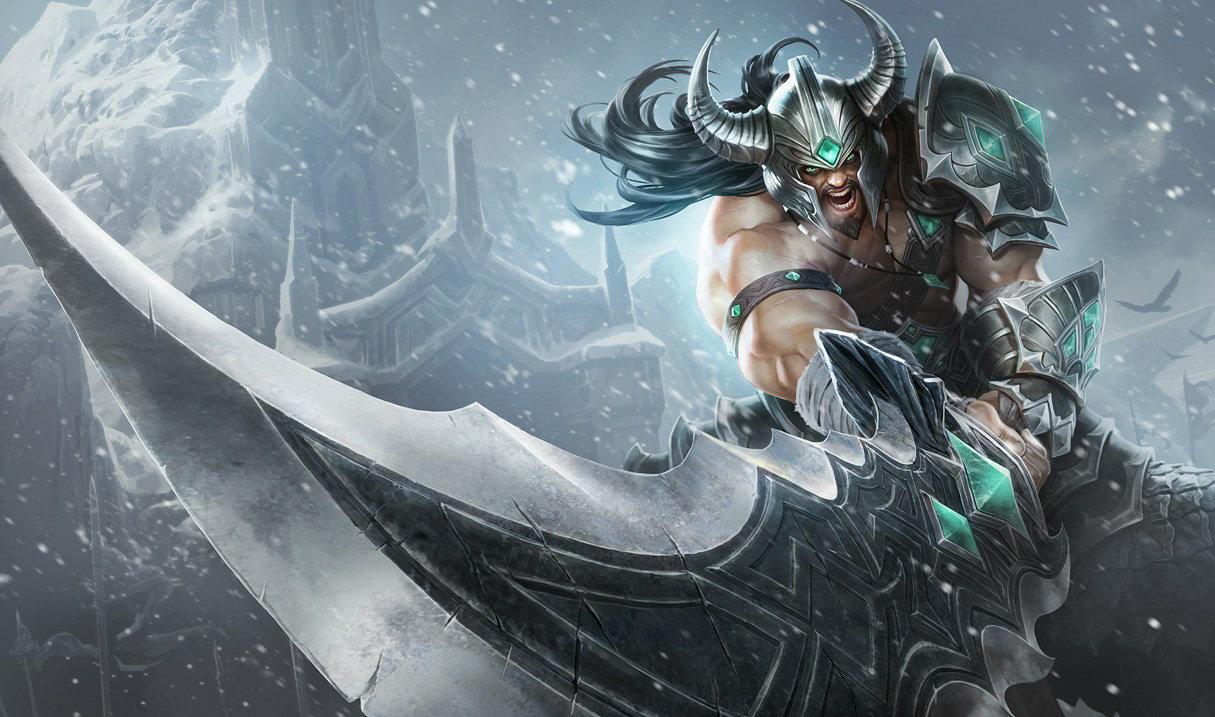
Champion Suitability: Not all champions are cut out for split pushing. Champions with strong 1v1 capabilities, escape mechanisms, and quick wave clear (like Fiora, Tryndamere, or Jax) excel in this role.
Vision: Before venturing deep into enemy territory, ensure adequate vision. This way, you can spot enemy rotations and avoid being caught out.
Map Awareness: Continuously glance at the mini-map. If multiple enemies are missing, they might be converging on you.
Objective Trade-offs: If your team is on the other side of the map securing an objective like Dragon, it might be a good time to apply pressure and force the enemy to make tough choices.
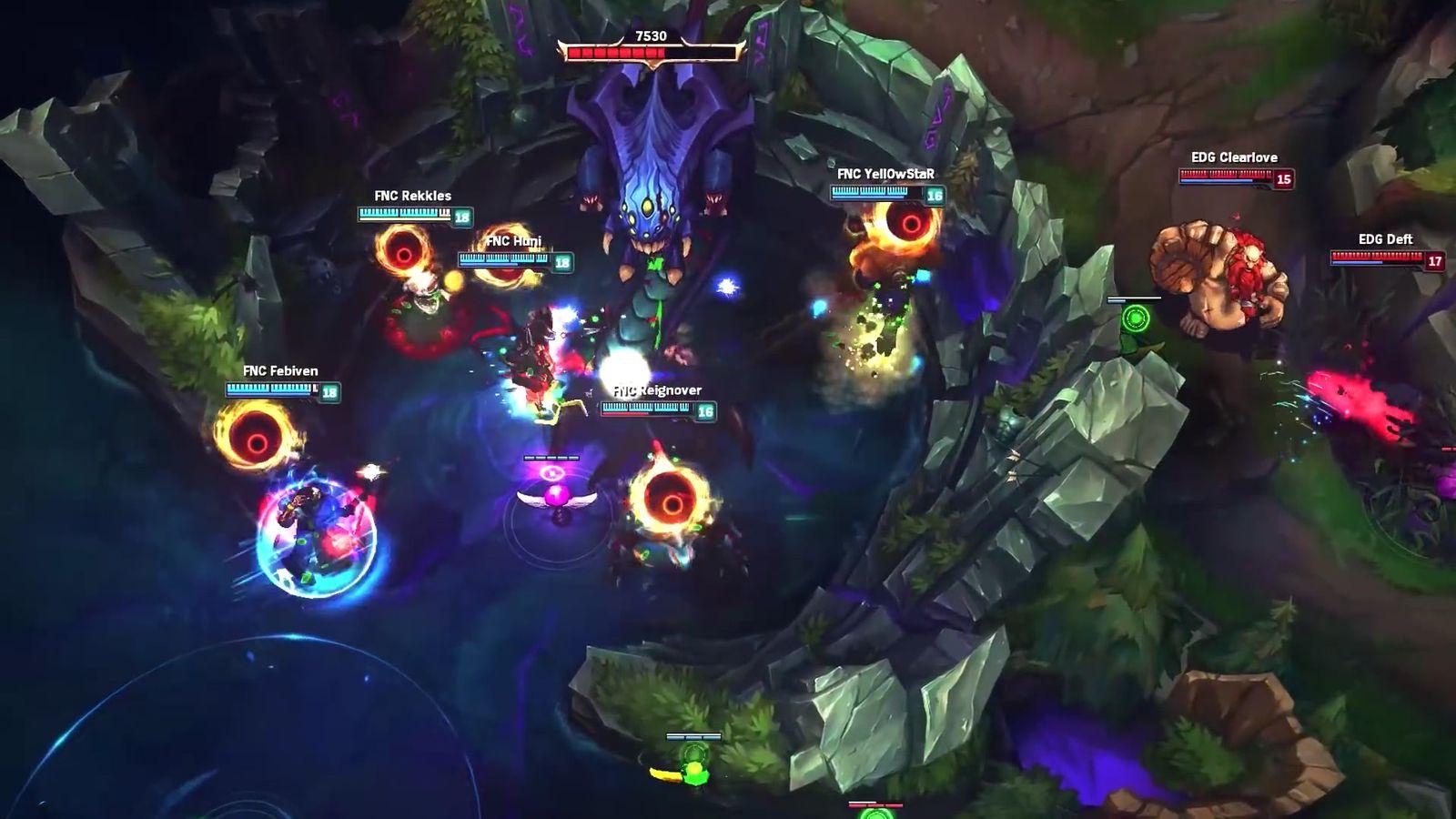
Team Composition: If your team heavily relies on you as an initiator or frontline, abandoning them for a split push might not be optimal.
Teleport Status: If your Teleport summoner spell is up, you can be more flexible and split pushing while being ready to join a fight instantly.
Game State: If your team is ahead and can win 4v4 or even 4v5 skirmishes, it might be beneficial for you to split and apply pressure. Conversely, if your team is behind, they might need your presence to survive.
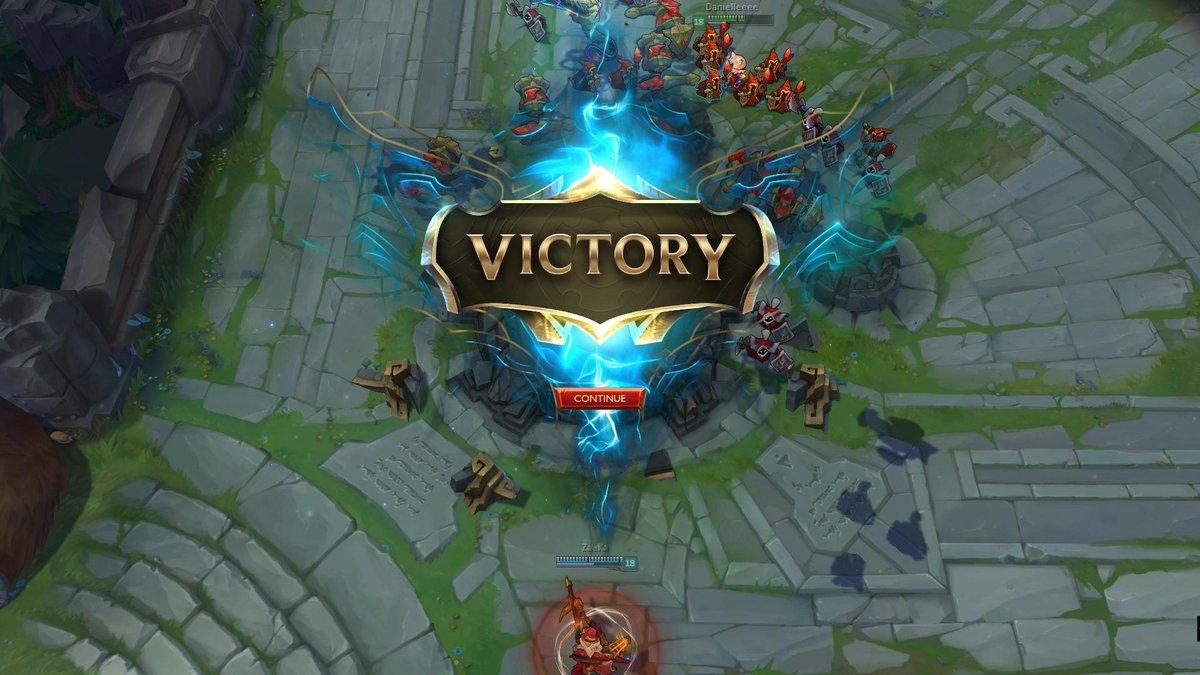
Objective Priorities: What objectives are up? If Baron is the next target, split pushing bot lane can pull enemies away, granting your team an advantage.
Enemy Threat Assessment: Who on the enemy team can stop your split push? If no single enemy can 1v1 you, this can create favourable scenarios for your team.
Teammate Communication: Constantly communicate with your team. Let them know your plans, and ensure they play accordingly, either disengaging when you're drawing attention or engaging when the enemy team splits up.
Adaptability: The most vital skill can be the ability to adapt. The game's state can change rapidly. Recognizing when your current strategy isn't working and adjusting on the fly is crucial.
Top lane decision-making is a delicate dance between applying pressure in the side lane and being there for your team. It's about recognizing opportunities, assessing risks, and leveraging your strengths against the enemy's weaknesses. By mastering this balance, successful top laners can effectively dictate the game's pace and lead their teams to victory.
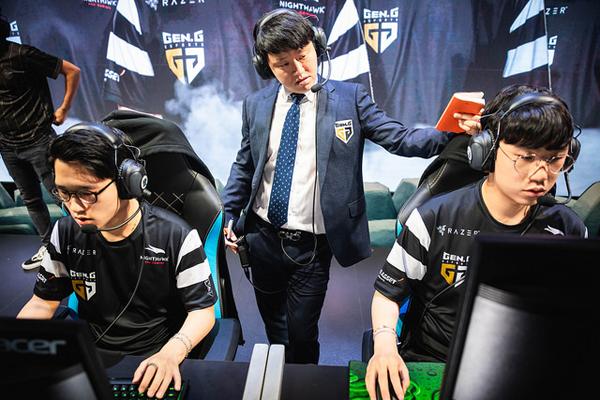
Natural skill and practice are essential, but coaching takes players that are serious about improving to the next level. Coaches give specific feedback, helping players understand top lane macro and see what they might miss. They also teach advanced tactics, helping players understand the game better.
The guidance of an experienced coach can make the road to mastering the top lane much smoother. League of Legends coaching sessions are tailored to address the player's specific needs, but some general components are consistent across most sessions:
Understanding Player's Goals: The session often starts with the coach inquiring about the player's aspirations. Do they aim to climb the ranks, refine specific skills, or grasp the game's broader strategic elements?
Evaluating Current Playstyle: Before diving into gameplay, a coach might ask about the champions the player prefers, their typical strategies, and any challenges they've identified in their gameplay.
Live Gameplay Feedback: Some coaches offer live coaching and real-time insights while a player is in a match. They'll give instant feedback on decision-making, positioning, and mechanics.
Replay Review: Often, coaches will review recorded gameplay with the player. This method allows in-depth analysis, pausing, rewinding, and discussing specific moments.
Highlighting Strengths and Weaknesses: The goal isn't just to point out mistakes but to celebrate successes. Recognizing what a player does right is just as crucial for confidence and future growth.
Champion Pool Optimization and Best Builds: Coaches can suggest top lane champions that resonate with the player's preferred playstyle or are particularly strong in the current meta.
Scenario Simulation: Sometimes, coaches might discuss or simulate specific scenarios — how to react to a 2v1 gank, when to push or freeze, or how to engage in skirmishes, for instance.
Short-Term Milestones: Instead of vague goals like "get better," a coach will help set specific, attainable objectives. This might be improving CS (Creep Score) by a certain amount, mastering a new champion, or optimizing ward placements.
Long-Term Vision: Together, the player and coach will craft a roadmap for long-term growth involving rank advancement, expanding the champion pool, or mastering intricate top lane dynamics.
Constructive Criticism: A coach will provide constructive feedback, ensuring the player understands areas of improvement without feeling disheartened.
Progress Tracking: Many coaches maintain progress logs, charts, or graphs, visualizing improvement over time and helping identify areas needing further attention.
Drills and Practice: A player might be given specific drills, like last-hitting exercises or champion mechanics practice, to work on before the next session.
Recommended Resources: Coaches often have a wealth of external resources, from guides to videos, that they can recommend for further learning.
In conclusion, a top lane coaching session combines introspection, learning, and goal-setting. It's a collaborative effort where the player and coach work together to achieve one goal in mind: top lane mastery. The journey might be challenging, but with the proper guidance, the peaks of top lane dominance are within reach.
Finding the right coach among many out there can be a challenge. Look for coaches who have experience, especially with players like you. Also, how a coach talks and explains things matters; it shapes how they can help you become a better player. The goal is to find someone from whom you can learn effectively.
Wave management is crucial in the top lane. Mastering techniques like freezing can keep you safe and deny your opponent's farm. Slow pushing allows for tower pressure and potential dives, while hard pushing offers opportunities to roam or reset. Properly controlling the wave can dictate lane dominance and provide significant advantages.
Good vision is essential for top laners. Always place a control ward on the map, prioritizing strategic points like the river bush or tri-bush. Tracking the enemy jungler's movements can dictate your playstyle, and removing enemy wards blinds and deters potential ganks. An informed top laner is a safe and effective one.
Understanding champion intricacies is vital. Recognize the power spikes of your champion and the enemy top to gauge advantageous trade times. Each champion has a preferred trading pattern—anticipating these can be game-changing. Keep track of ability cooldowns, and be aware of champion synergies and counters to make informed decisions in-game.
Mastering the Top Lane in League of Legends is a journey. Anyone can improve with hard work, learning, and the right coach. It's not just about being good in one lane; it's about understanding the bigger picture. So, if you want to up your game in the Top Lane, now's the perfect time to dive in.